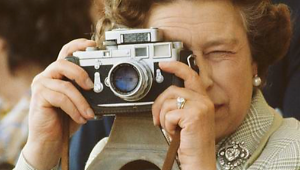Learn How to Salvage Irreplaceable Flood-Damaged Prints & Negatives Before It’s Too Late

One of the many tragedies in the aftermath of a major flood is returning home to find your irreplaceable photographs completely submerged. Whether you’re a working pro or an enthusiast, having years of memories seemingly destroyed can be truly heartbreaking.
Fortunately, the folks at nola.com have published some great advice on salvaging photographs, books and artwork that’s equally important for those living in flood-ravaged Louisiana and elsewhere. These tips come from Steve Sweet and Kristin Hébert Veit of the Historic New Orleans Collection and are well worth saving in case you ever suffer a calamity.
Hébert Veit suggests rinsing flood-damaged photos in fresh water before setting them out to dry, adding “Freeze the photos you can’t clean immediately to prevent mold growth, which can start within 48 hours of them getting wet.” The best way to freeze images is to interleave them with wax paper to facilitate separating later after thawing.

Sweet says the most important thing to remember is to not touch the photo or emulsion. He explains that photographs on resin-coated paper can be lightly rinsed in fresh water and dried flat with the emulsion side up. The approach he recommends is to use paper towels underneath the photos to soak up moisture— changing the paper regularly.
Negatives should be dried vertically clipped to a clothesline, and because they are more stable than photographs, triage your prints first.
You can read the full article here, as well as an earlier piece on this topic published by Fujifilm with some additional information.

















































